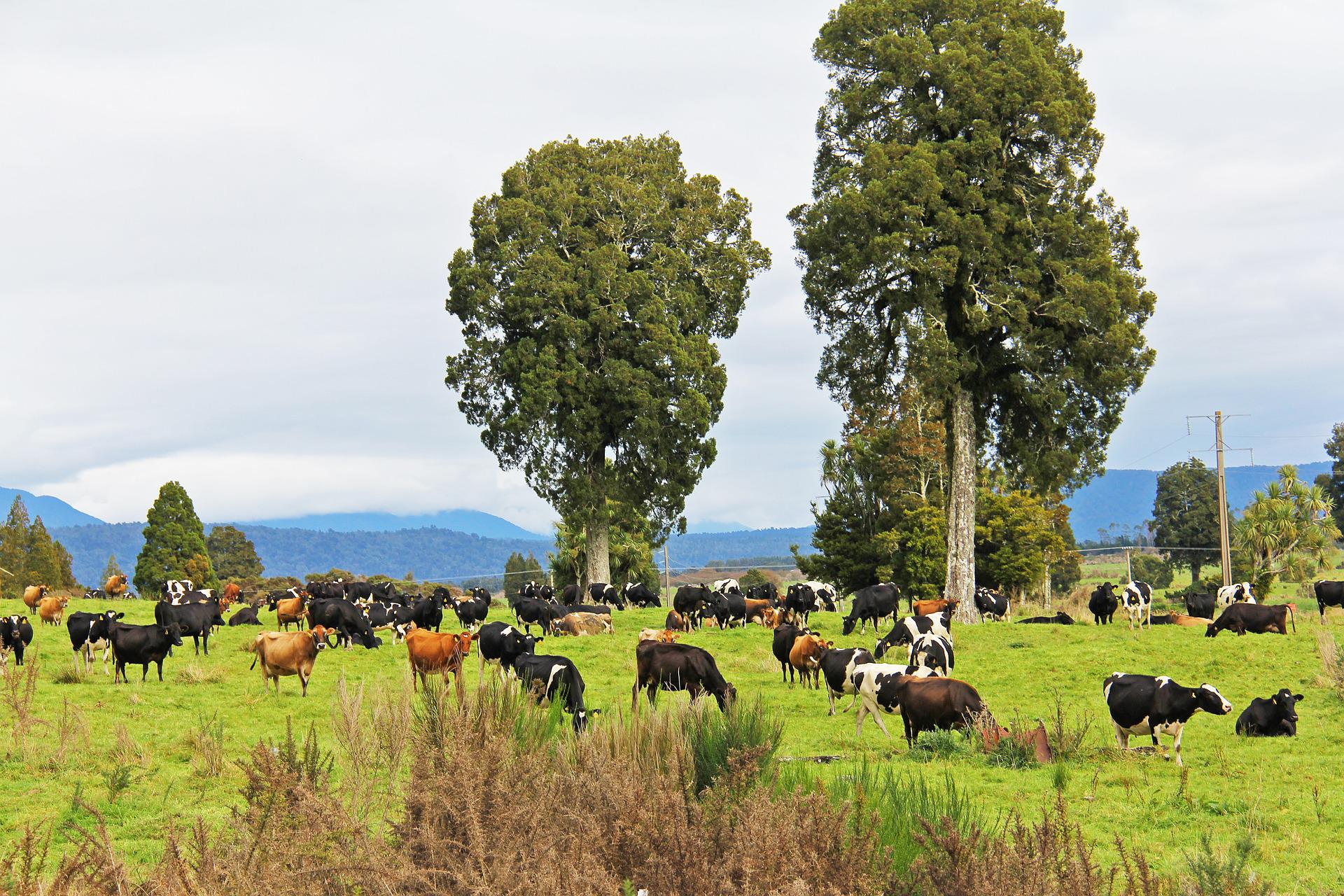
Tāmaki Makaurau – Meat will become more expensive, especially red meat, relative to other foods, which should result in lower consumption per capita where meat consumption is currently very high, ANZ Research says in its latest agriculture report.
Population growth, urbanisation and rising incomes suggest the world needs to increase food production by 50 to 60 percent by 2050 to ensure food security for a global population of 9.7 billion.
Food production systems are not currently sustainable, so in the future more food needs to be produced using less resources, the report says.
Agriculture currently uses 40 percent of land and 70 percent of freshwater, and is responsible for 30 percent of global carbon emissions, so it is necessary to transform the sector to make it sustainable.
Just increasing food production is not a sustainable solution. For food production to be sustainable other aspects need to be addressed, such as reducing food wastage via better supply-chain management, changing dietary mix, and adopting technology to drive efficiencies throughout the food production supply chain.
Technological solutions, including more digitisation and automation across the food chain, would help to achieve this goal.
There are immense opportunities in the agriculture sector for investment throughout the supply chain to both increase food production and produce food in a more sustainable manner.
Rising incomes and changes in dietary preferences towards proteins and fruits will put further pressure on food producers to accommodate this extra demand.
Already today, nearly 10 percent of the world’s population face food security challenges.
The expansion in food production over the past three decades to sustain the present population was achieved by expanding the area of irrigated land, converting forest to agricultural land, adopting new technologies, increasing mechanisation, using genetically modified seeds and very large increases in the use of fertiliser, pesticides and herbicides.
This has resulted in plentiful production but has come at a huge and unsustainable environmental cost to the planet.
Unlike other sectors, agriculture is a victim of and a contributor to climate change. Climate change is causing a rise in temperatures and the frequency of droughts and unseasonal floods, which threaten crop productivity and heighten the risk of crop failure.
Emissions are highly concentrated in methane from ruminant livestock, manure management and rice farming. Nitrous oxide emissions come primarily from fertiliser usage.
New Zealand has more land available for food production, on a per capita basis, than most other countries. New Zealand also has a bountiful supply of water, although it lacks storage facilities.
Utilising natural resources to their fullest potential in a sustainable manner is both a key challenge and an opportunity for New Zealand.
As food shortages increase and the environmental impacts of agriculture start to be priced into the cost of producing food, there will be upward pressure on the relative price of food –particular foods that use a lot of land, water, and create large emissions.
Within New Zealand there is likely to be further intensification of agriculture and horticulture where it can be achieved without detrimental environmental impacts.
In other areas we may see reduced intensification, particularly lower stocking rates, as there is an increased focus on mitigating the impacts of climate change, improving water quality, and lifting animal welfare standards.

